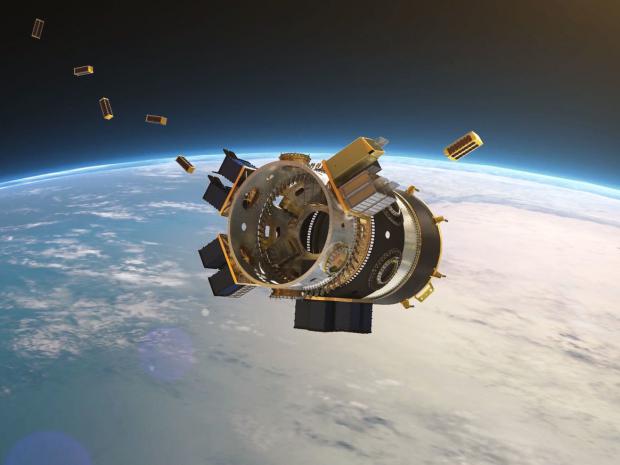
Breaking News
 NonConformist Series: Practical Wealth - Join us virtually Dec 29-30, 2025
NonConformist Series: Practical Wealth - Join us virtually Dec 29-30, 2025
 New bill would allow private citizens to fight cartels: 'WE ARE UNDER ATTACK'
New bill would allow private citizens to fight cartels: 'WE ARE UNDER ATTACK'
 Carnivore Got Me 90% There. This One Drink Changed Everything
Carnivore Got Me 90% There. This One Drink Changed Everything
Top Tech News
 Perfect Aircrete, Kitchen Ingredients.
Perfect Aircrete, Kitchen Ingredients.
 Futuristic pixel-raising display lets you feel what's onscreen
Futuristic pixel-raising display lets you feel what's onscreen
 Cutting-Edge Facility Generates Pure Water and Hydrogen Fuel from Seawater for Mere Pennies
Cutting-Edge Facility Generates Pure Water and Hydrogen Fuel from Seawater for Mere Pennies
 This tiny dev board is packed with features for ambitious makers
This tiny dev board is packed with features for ambitious makers
 Scientists Discover Gel to Regrow Tooth Enamel
Scientists Discover Gel to Regrow Tooth Enamel
 Vitamin C and Dandelion Root Killing Cancer Cells -- as Former CDC Director Calls for COVID-19...
Vitamin C and Dandelion Root Killing Cancer Cells -- as Former CDC Director Calls for COVID-19...
 Galactic Brain: US firm plans space-based data centers, power grid to challenge China
Galactic Brain: US firm plans space-based data centers, power grid to challenge China
 A microbial cleanup for glyphosate just earned a patent. Here's why that matters
A microbial cleanup for glyphosate just earned a patent. Here's why that matters
 Japan Breaks Internet Speed Record with 5 Million Times Faster Data Transfer
Japan Breaks Internet Speed Record with 5 Million Times Faster Data Transfer
THE SPACEX 'CLOWN CAR' LAUNCH ACTUALLY WORKED--HERE'S HOW

Not, like, the bird of prey. Like the big SpaceX rocket that, similar to its avian namesake, swoops back down to Earth once it's done its job. Buying the full capacity of such a big launcher is like booking out the town's largest, schmanciest bar: You really hope people will come to your party, and also that they'll pay their own tabs.
It was a little naive, Blake admits. But Spaceflight had a job to do, and a Falcon 9 seemed the way to do it. Spaceflight is a launch broker that, not unlike a travel agency, takes care of gritty takeoff details for satellite makers. The company wanted—needed—to launch a lot of small satellites. At the time, around 2015, there weren't many other options. Russia had invaded Crimea, making missions from there more difficult. India, which now holds the record for most satellites launched in one go, hadn't yet launched "secondary payloads," or a big ol' rocket rideshare, en masse. And smaller rockets, like Rocket Lab's Electron, were just glimmers in their parents' eyes.
Even before signing the contract with SpaceX, Spaceflight had lined up a bunch of customers, the final list of which included universities, artists, commercial Earth observers, and the military. Soon enough, SpaceX agreed to let the company stuff one of its rockets full of smallsats. Normally, a Falcon might tuck a few smallsats in as secondary payloads alongside a more impressive passenger, but they were never themselves the stars of the show. On the SmallSat Express, though, they were.

 Aluminum Causes Brain Damage
Aluminum Causes Brain Damage Advanced Propulsion Resources Part 1 of 2
Advanced Propulsion Resources Part 1 of 2

